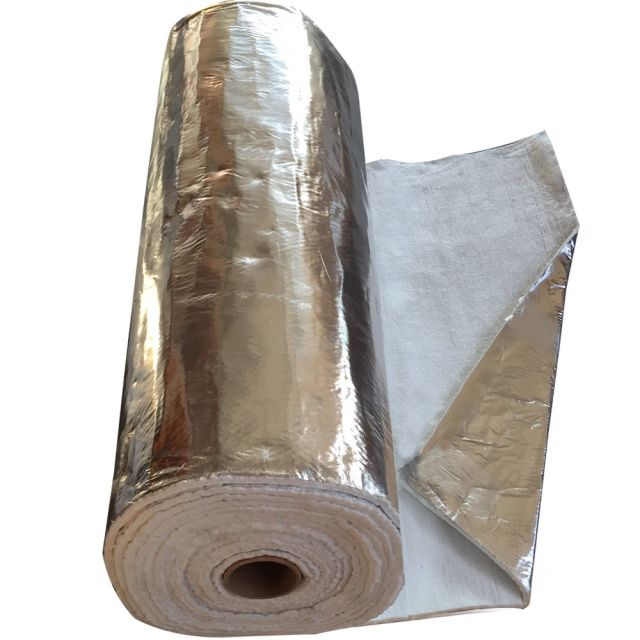Insulation pipe for central heating is an inconspicuous but very important element of any modern heating system. It plays an important role in reducing heat loss, protecting the system from damage, and significantly affects user comfort and operating costs.
The main task of insulation pipe for central heating is to reduce heat loss from heat-conducting pipes. Without proper insulation, a large part of the energy can be dispersed before it reaches its destination. Insulation pipe for central heating creates a thermal barrier that retains heat inside, ensuring its effective use. It also protects the installation, reduces noise, prevents freezing, and ensures the aesthetics of the system. Made of polyethylene or phenolic foam, rubber, or mineral wool, it is flexible and easy to install. Thanks to this, it can be used as thermal insulation for a fireplace or an element supporting the sealing of a furnace door.
Insulation pipe for central heating is a topic that is often overlooked, but extremely important. How can it be used in thermal insulation and system protection?
The installation of a product such as insulation pipe for central heating is usually simple and quick. It only requires preparation of the pipe surface, selection of the insulation diameter, and application to straight sections. In the case of an insulating pipe with a cut, it is enough to open it and slide it onto the pipe. It can be used to insulate elbows and joints in devices such as water jacket fireplaces. Such insulation should be sealed using, for example, high-temperature sealant, offered, like other products, by the Vitcas store. Properly installed insulation offers benefits in the form of lower heating bills, lower fuel consumption, faster heating of interiors, longer service life of the installation, and comfort and safety for users.
By choosing to use a product such as insulation pipe for central heating, you are choosing an economical, safe, and functional solution. It allows you to improve the efficiency of many heating devices.
